Written by Lorrie Reynolds
Categories
Dog agility at a distance is one of my favorite seminar topics to teach. Taking teams from unsuccessful to unstoppable and providing the tools that allow them to make that transformation brings me an enormous amount of joy. This article contains the top 10 takeaways from my distance seminars – basic principles and the “lightbulb” moments that allow agility teams to step up to the next level.
Foundation Skills Matter
It’s not too difficult to train for a short period of time, teach the dog all of the obstacles, and run with the dog around a novice agility course from obstacle to obstacle fairly successfully. Change that to having the team working away from each other though, and the gaps in foundation skills make themselves known. Dogs who can’t perform contacts independently, who have to be “babysat” through the weaves, or who don’t understand how to respond to handler motion can’t “do distance.” Any team that wants to play the distance games has to focus on foundations. If you want some great ideas for foundation skills, read this blog post about puppy skills.
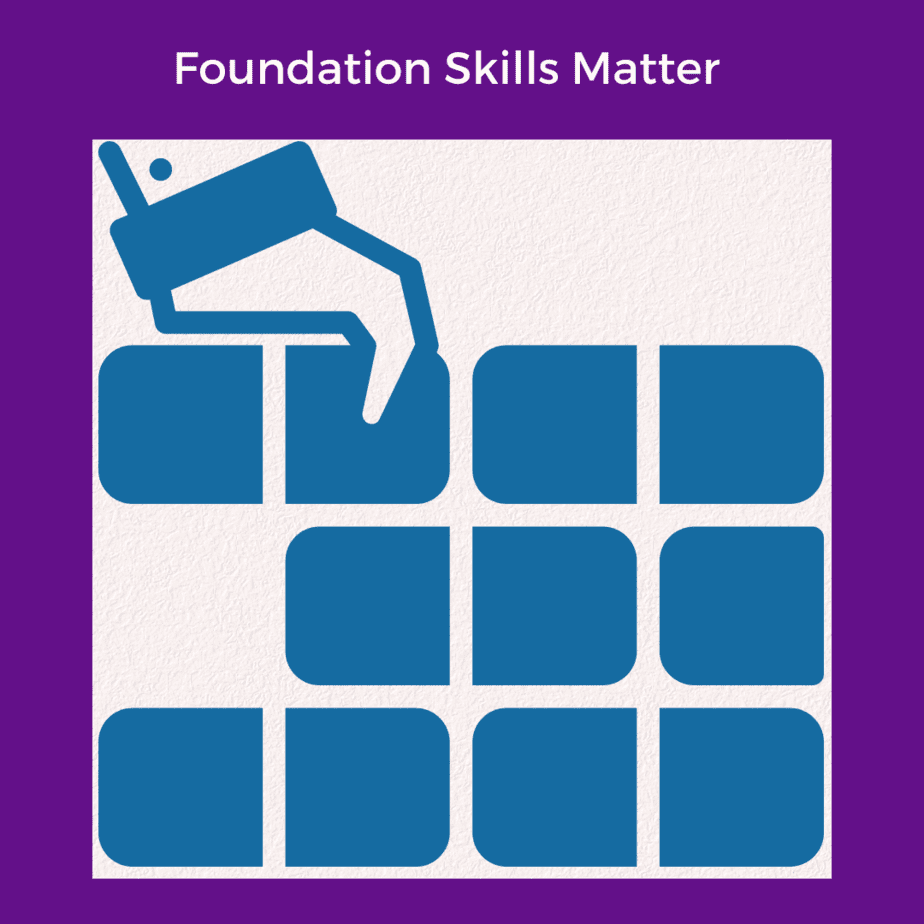
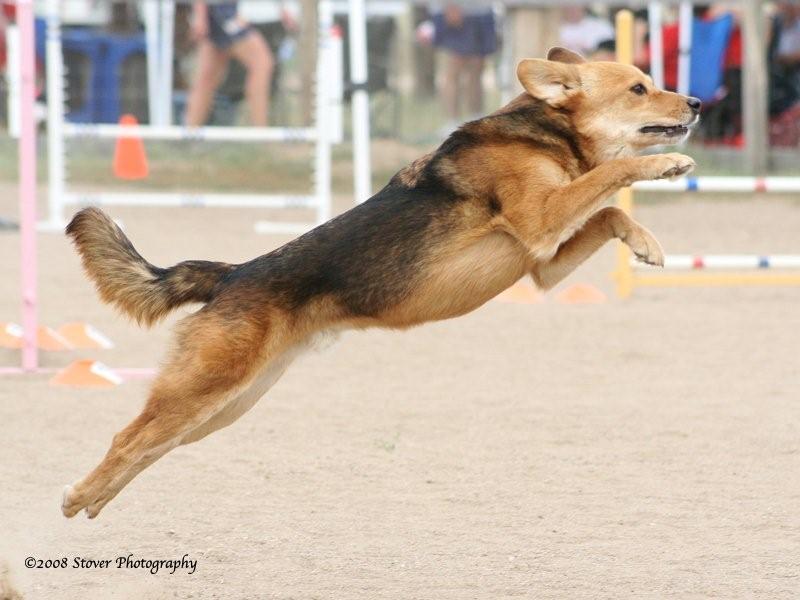
Confidence is Key
The biggest obstacle (pun intended) to having a dog working away, is lack of confidence. Dogs need to trust their teammate’s cues, understand what is being asked, and have a harmonious working relationship before they will be confident enough to work on their own. Confidence is gained through success over time. Distance should be taught incrementally, when the dog is mentally ready for each step.
Dogs Thrive on Consistency
In agility and all other aspects of life, consistency is crucial to both confidence and understanding. Handlers need to ensure that a cue means the same thing every single time. Routines are important, whether it is a pre-run warm-up or a start line routine. Consistency provides stability and allows the dog to understand his job, have confidence in his teammate, and anticipate what comes next based on familiar activities.
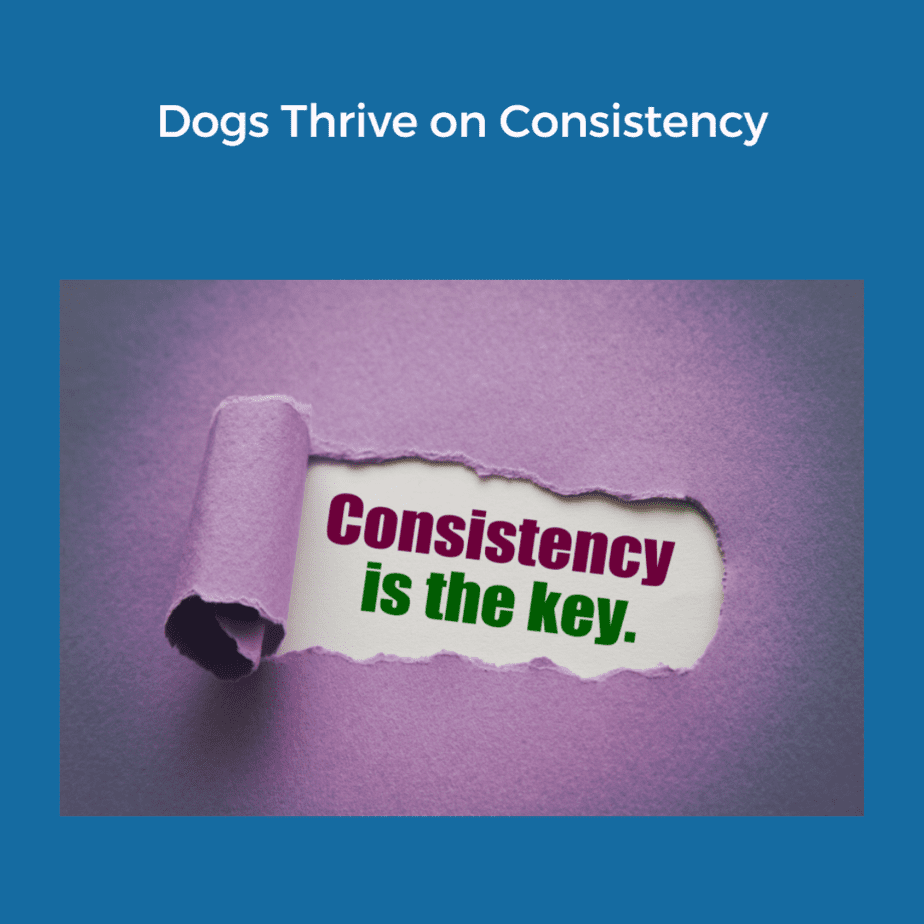
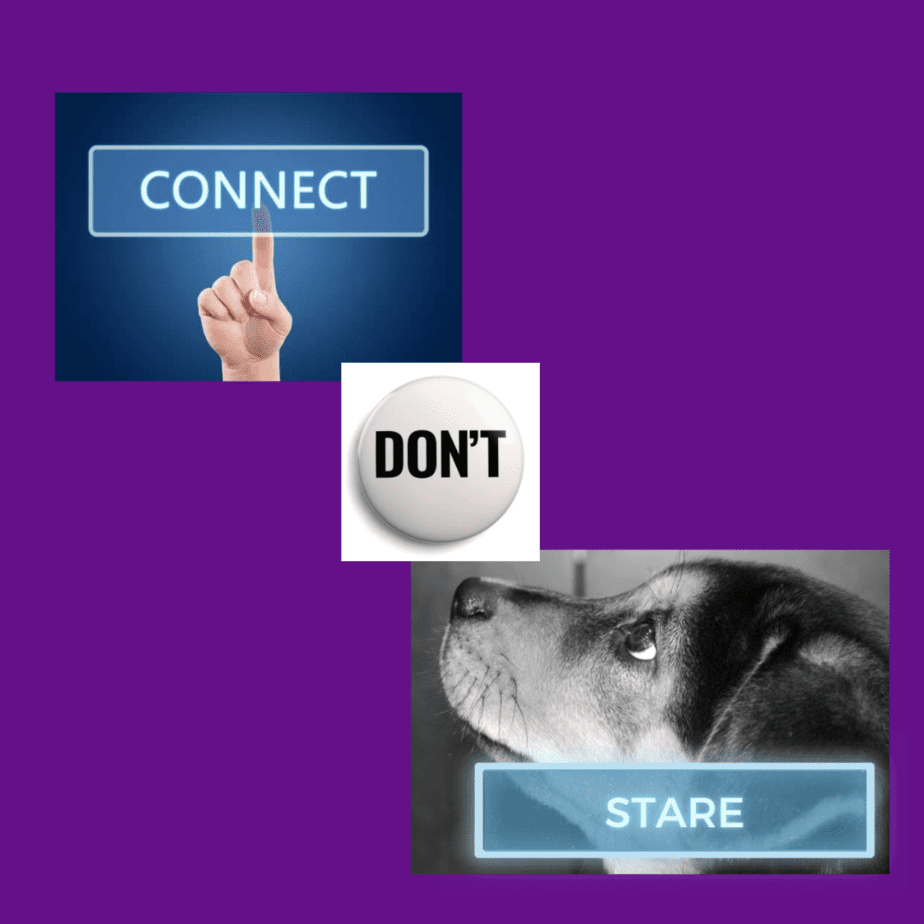
Connect Doesn’t Mean a Staring Contest
A common theme in training right now is “connect with your dog.” Connection is good! We should all strive to improve our connection with our dog and to make sure we are on the same page while we are running on the agility course. What connection does NOT mean is “Stare at your dog.” This concept is so heavily emphasized right now that handlers are ending up in staring contests while on course. Looking directly into your dog’s eyes for an extended period encourages them to come to you, not focus on what comes next. So connect, but briefly, to ensure understanding of what’s next. Don’t lock eyes and think that your dog will be looking for the next obstacle on course.
Trust Your Dog
You’ve trained the skills, you’ve taught the cues, now let go and trust your dog. Nothing will make a dog come closer to you faster than hesitation, “making sure he took the obstacle,” or running differently than you do in practice. Give the cues smoothly, handle the course, and trust the dog to do his job.
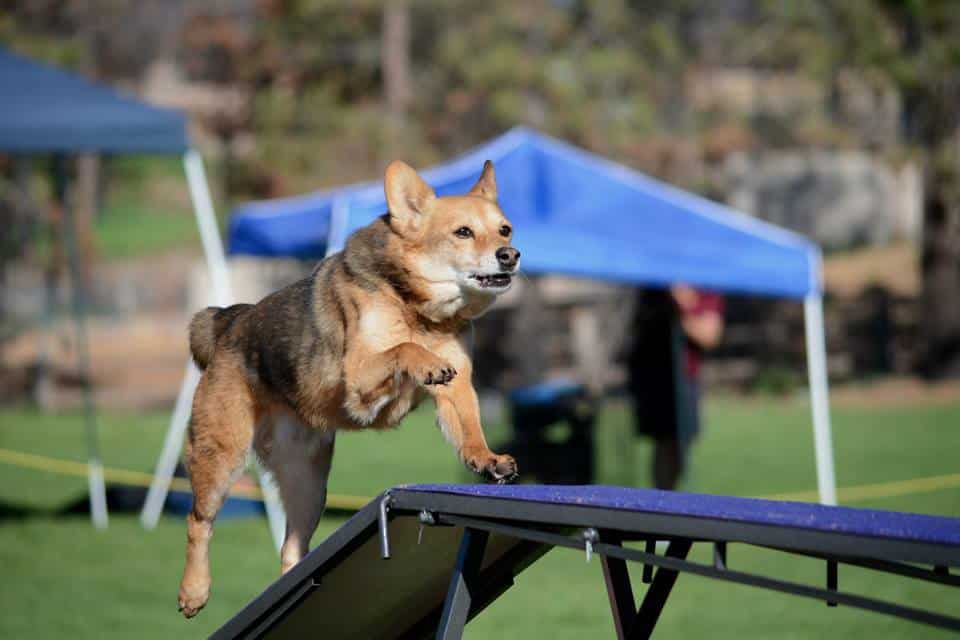
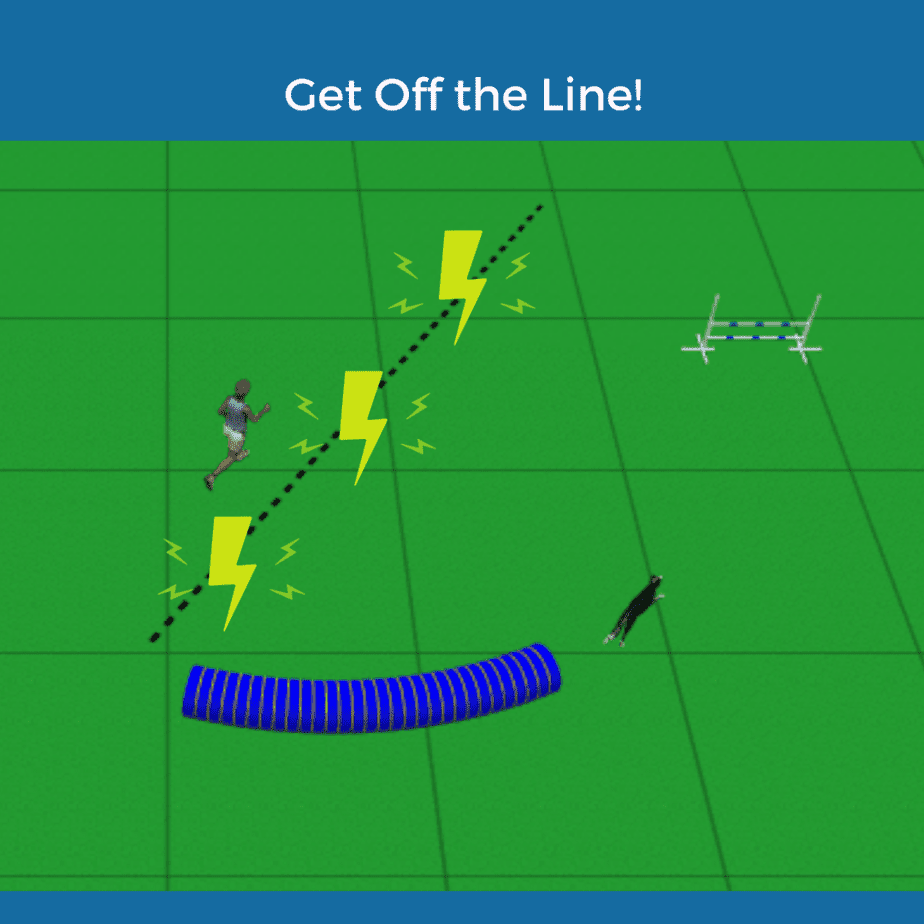
Get Off The Line!
My “frequent flyer” students, those who have taken many seminars with me, swear they can hear this in their heads when they are running courses. Plan your path to keep a bit of distance between you and the line. If something happens, the dog falters, or your cue wasn’t strong enough, those extra feet give you room to move and cue the dog with your strongest indication – your motion. Don’t end up confusing the dog doing the “line dance” because you are too close. Stay away from the line, because…
The Line is Not Your Friend
Oh look, the judge gave you a little extra corner to get you closer to that obstacle your dog needs to take. What you may not realize though, is that the little corner can be a trap, forcing you to move in the opposite direction of where you need to go next to cue your dog. Related to the previous statement, plan your path away from the line to avoid those little traps.
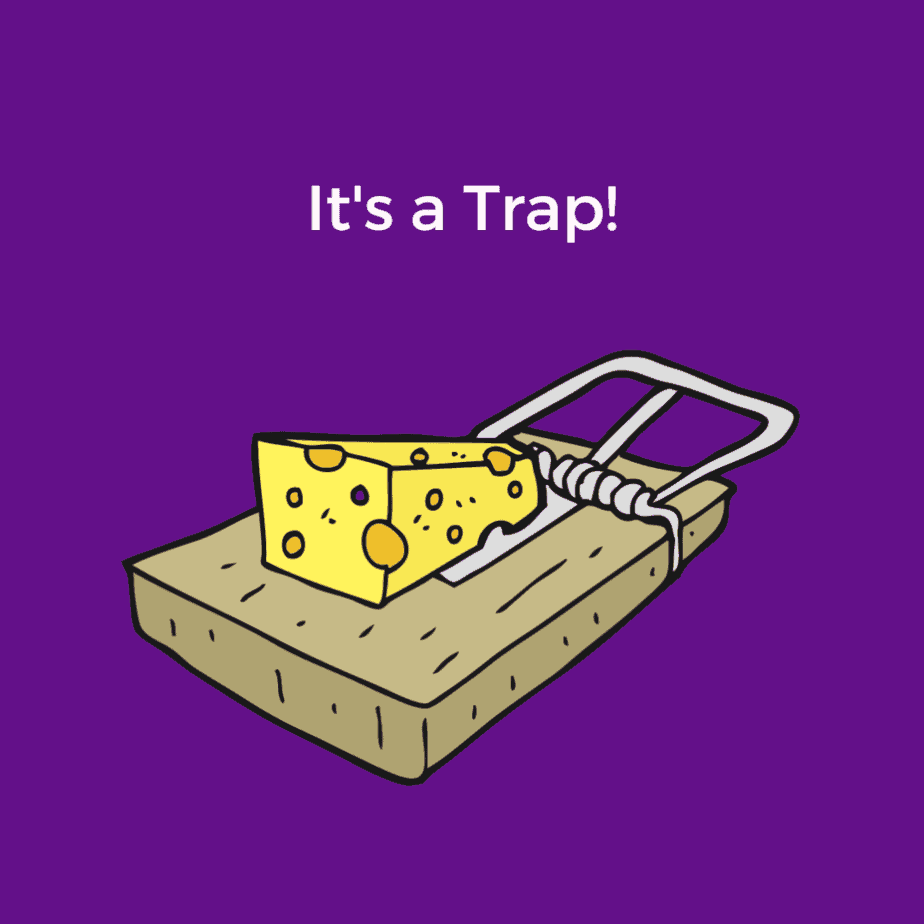
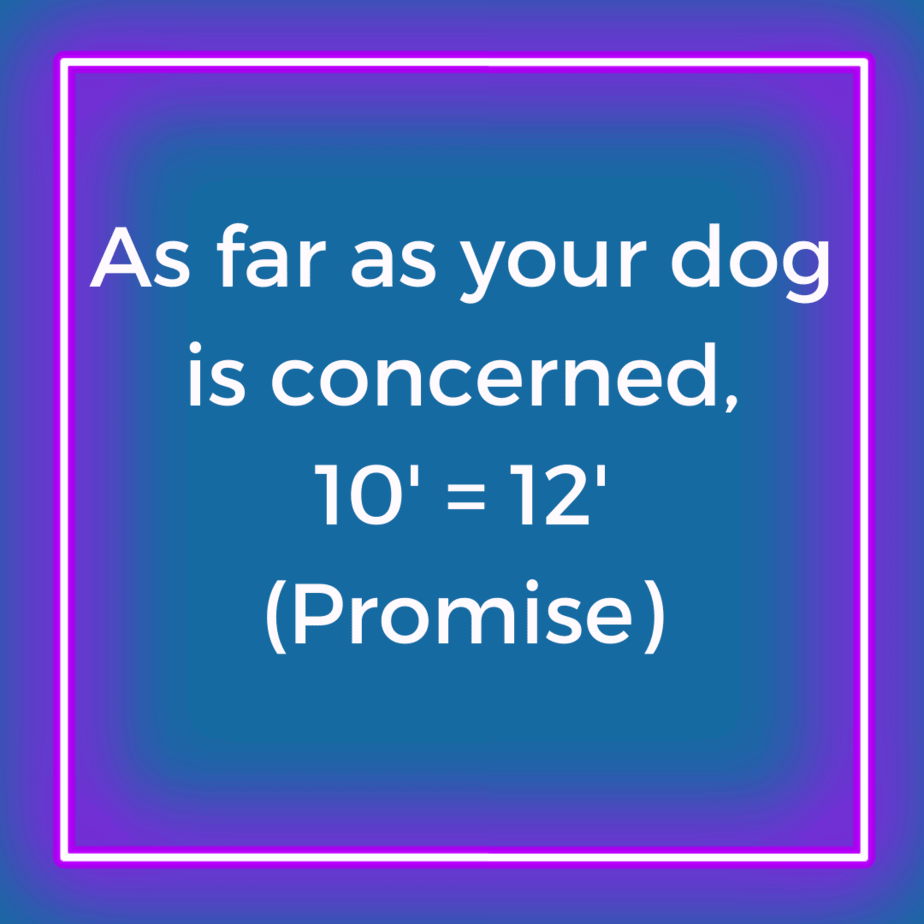
Two Feet Makes No Difference
Once your dog is confidently working at a moderate distance, two feet further on course normally makes no difference to your dog. As long as the dog has momentum and good direction, if they can do it at 10 feet, they can succeed at 12 feet. I promise.
Paths Are Paths
The path you take for your dog at a distance is basically the same path you take when you are running close. The only difference is that you use less real estate with the distance path. If you are confused about handling a sequence at a distance, go back to what you would do if you were running alongside your dog. Alter that path to run less yardage, and you have your distance path.
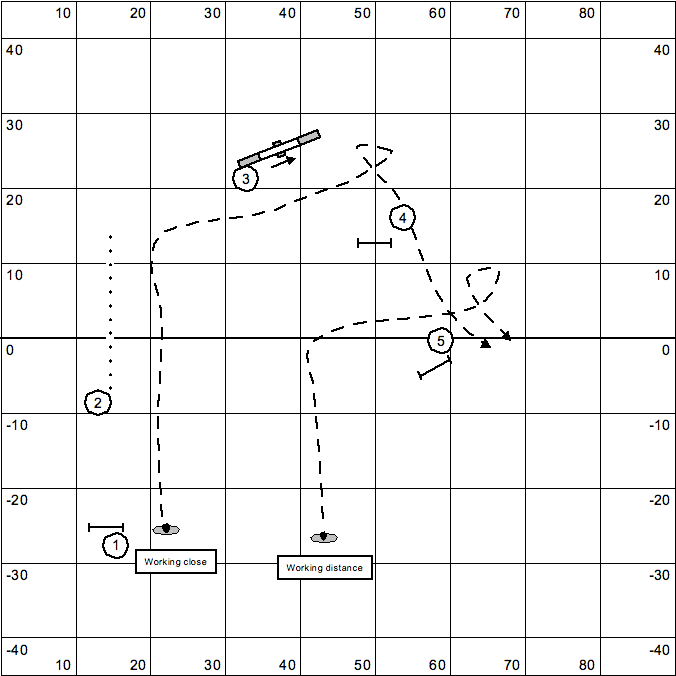
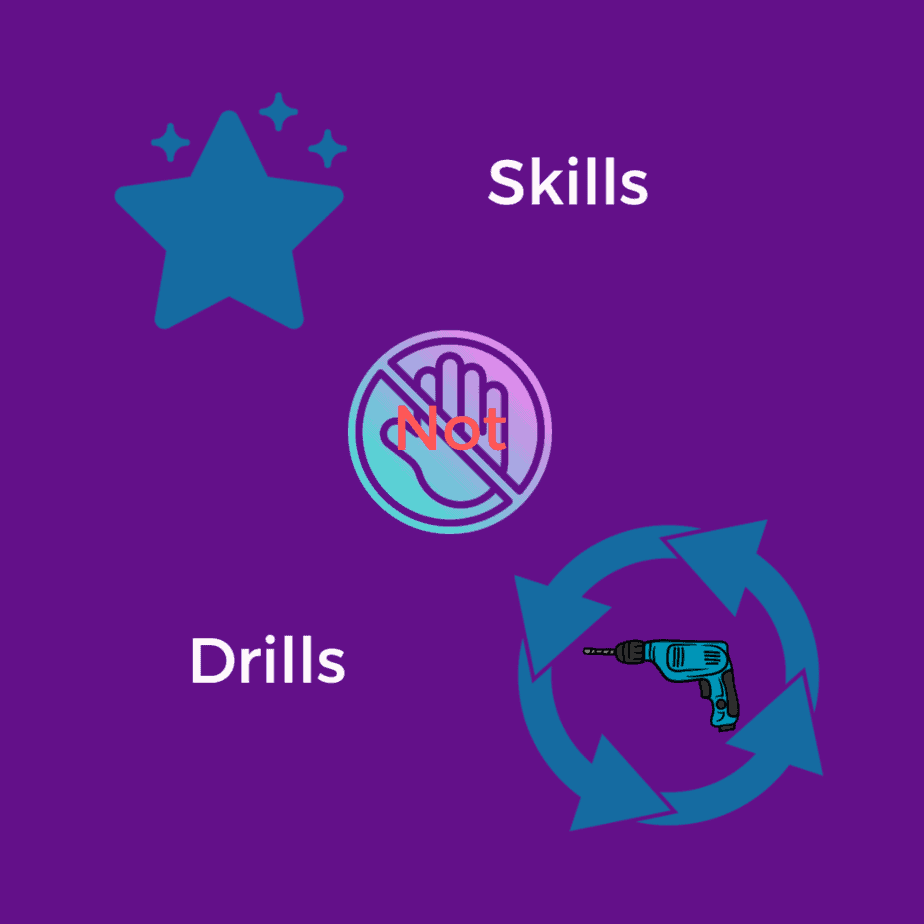
Skills Not Drills
When you practice distance for agility, focus on the skills you need rather than endlessly drilling your dog. Because the majority of distance work relies on confidence and consistent cues, focus on those skills rather than repeating distance patterns until you and the dog are bored to tears. Most distance skills can be practiced without any equipment at all. A tree, trash can, or some cones is all you need.
Have you been to one of my seminars? Share your “lightbulb moment” or “golden nugget” in the comments!
You Might Also Like…
Five Ways to Crush It at Your Next Dog Agility Seminar
Going to a dog agility training seminar? Check out these five tips to maximize your return on investment!
Read This Before Deciding on Your Agility Dog’s Contact Performance
Which contact performance, running or stopped, is right for your team? The answer might surprise you.
Is Your Agility Dog a Pinto or a Ferrari?
If you’ve moved up from a slow or moderately-fast agility dog to a speed racer, here’s some advice to make your life easier.
Get tips, stories, discounts, and early notification of events and new courses delivered straight to your inbox! Join the community!
Jumping photo: Courtesy of Stover Photography
Dog walk photo: Courtesy of Dog Agility Photos for Fun
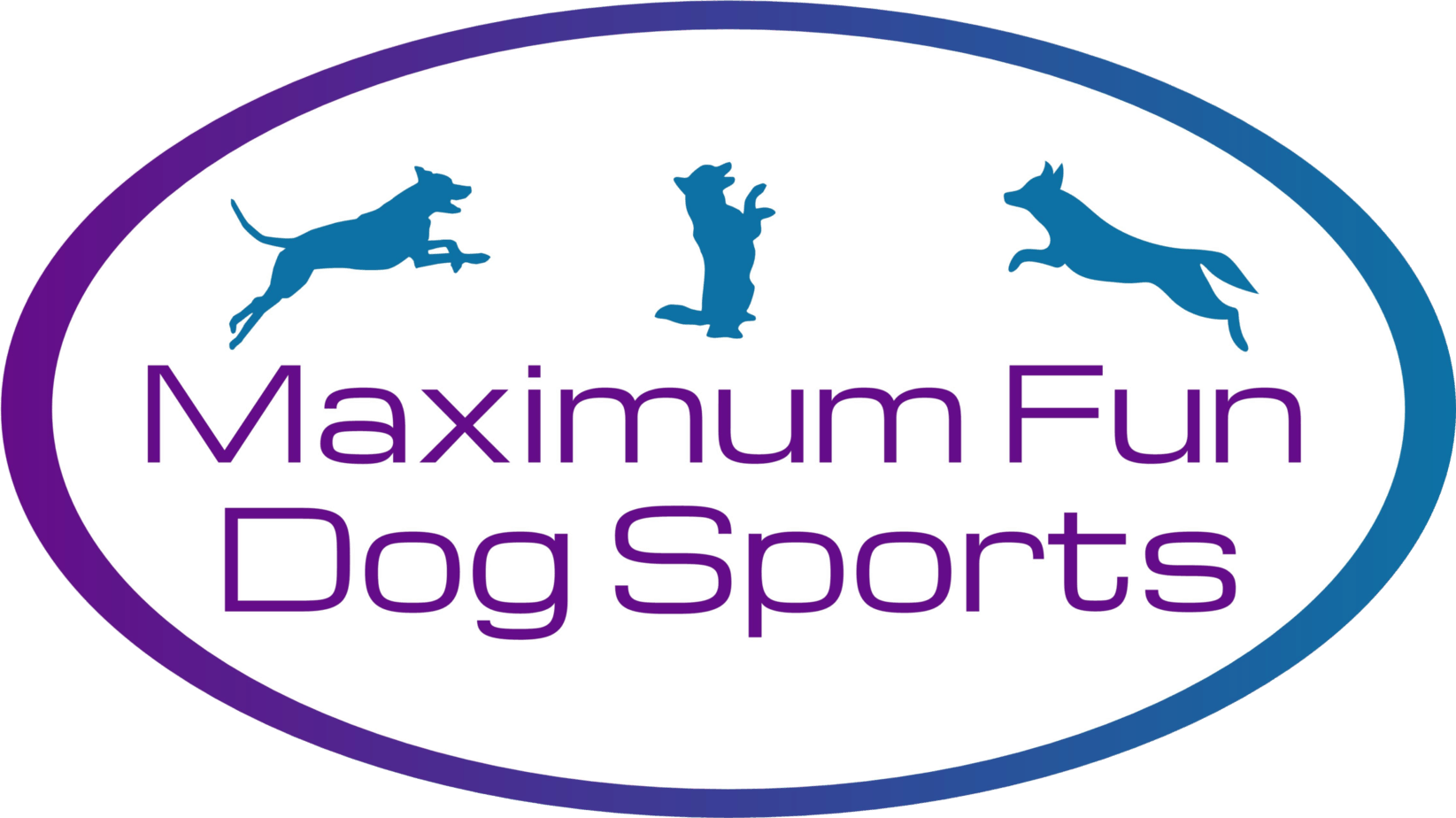
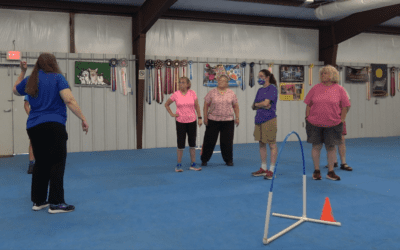
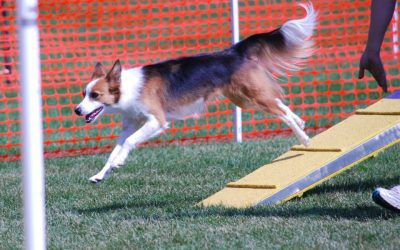
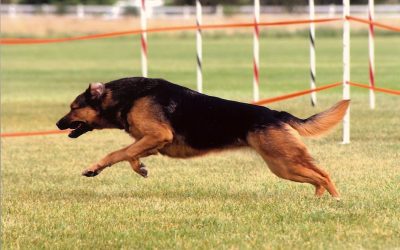
0 Comments